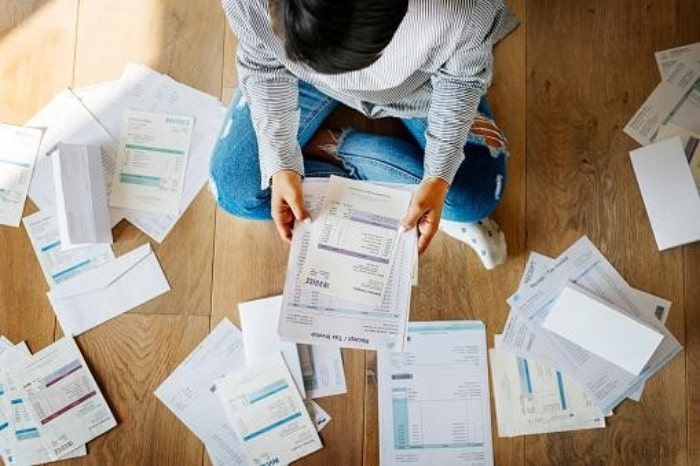
For many Americans, getting rid of debt is one of the hardest things to do. According to debt.org, there is over $14.9 trillion in debt for consumers in the U.S. alone. This debt
includes credit cards, mortgages, auto loans, and school loans. Chances are you might be one of these consumers, looking to get out of debt and get your finances under control. Here are some options for you on how you can clear your debt and get yourself on the right path.
Follow The Money Trail
To determine the best place to clear debt, you need to first understand how you spend your money on a day-to-day basis. Luckily in this day and age, you can easily track
where you’re spending money because most payments are done by card. Take a look at your monthly bank statements and identify how much money you spent, and what you have spent on it. As you go through them, identify what are essential bills for you, such as your rent/mortgage and groceries, and your debt such as credit cards or any loans that you might have. If you’re looking for any credit card or loan payment you’ve missed, there are a few credit report websites that you can sign-up for free.
Make a Budget
After you’ve tracked your spending, start developing a budget for yourself. Creating a budget determines your long-term financial goals, helps you save money for future purchases and allows you to compile money for those uneventful rainy days. Take the total of your essential bills and set aside the money that will cover those expenses for the month. This represents what you need in your everyday life to live essentially. The next portion to set aside is for your emergency fund. An emergency fund can come in handy for those rainy days we mentioned earlier. Last year’s pandemic taught us that we have to prepare for the unexpected. Typically, emergency budgets include three to six months worth of living expenses. Every emergency fund is different so it’s important to determine how much money to set aside for emergencies. Now that you’ve completed your budget, use the remaining amount to pay towards debts that you have looming.
Debt Consolidation
Debt consolidation is one way to reduce your debt and lower monthly payments. This option helps consumers keep up with multiple bills and deadlines by combining these bills and paying a monthly fee that covers your debts. There are multiple ways you can consolidate your debt.
Refinancing Home Loans – If you are a homeowner looking to clear away some debt, you can always take money out from your home equity. For some homeowners, taking out home equity can be useful. If you’ve paid off a portion of your mortgage, you can borrow from that equity and consolidate your debt. Refinancing your loan can be a great option because you’re able to lower the interest rate and change up your payment terms. You can use the money to clear out any debts on other loans you have as well. In some cases, homeowners use the money to make home improvements, raising its value in the process. Before considering refinancing, it’s important to understand the costs, and if it’s a good choice for you.
Credit Card Balance Transfers – For smaller amounts of debts, like credit cards, balance transfers can be useful. Balancing transfers allow you to move the debt you have from your other credit cards so that you can pay off multiple debts at once before you start to build interest. This tactic helps to pay off your debt much faster than you would’ve been able to pay each card off one by one. Before you sign up for a balance transfer make sure you are aware of their rates. There are some credit transfer cards that offer a 0% yearly interest rate.
Pay off and Cutback on Your Credit Cards
The average U.S. household has more than $15,00 in credit card debt. There’s a chance that this can be you. If you are looking to clear debt, start with your credit card debt. To pay off credit card debt you must be disciplined and dedicated to paying it off. Before you start to pay off your credit card debt, determine which payment strategy is best for you.
Autopay: Automating your payments is when you agree to let a company or service take money out of your account, per your desired payment arrangement. Tracking your payment schedule can sometimes be very difficult. Auto-pay provides accountability and prevents you from piling up late fees. If you need to change your arrangement, you can also call the company and set up a new date with them.
Pay More Than Minimum: Credit cards require you to maintain a monthly minimum payment each month. In most cases, your minimum payment is 2% or 3% of the balance. Credit card companies make money when consumers take longer to pay off their debt. Paying off more down on your debt can help you get rid of your credit card debt much faster. You can also try the snowball and avalanche methods, which are very popular depending on what your financial situation is.
Getting rid of your debt can be a strenuous task. But as you pay bills and chip away at your debt you are helping yourself in the long run. You won’t have to owe any company and all the money you make can go straight to your pocket. Use these tips to help you reach your financial goals, and clear a path to a debt-free life.
